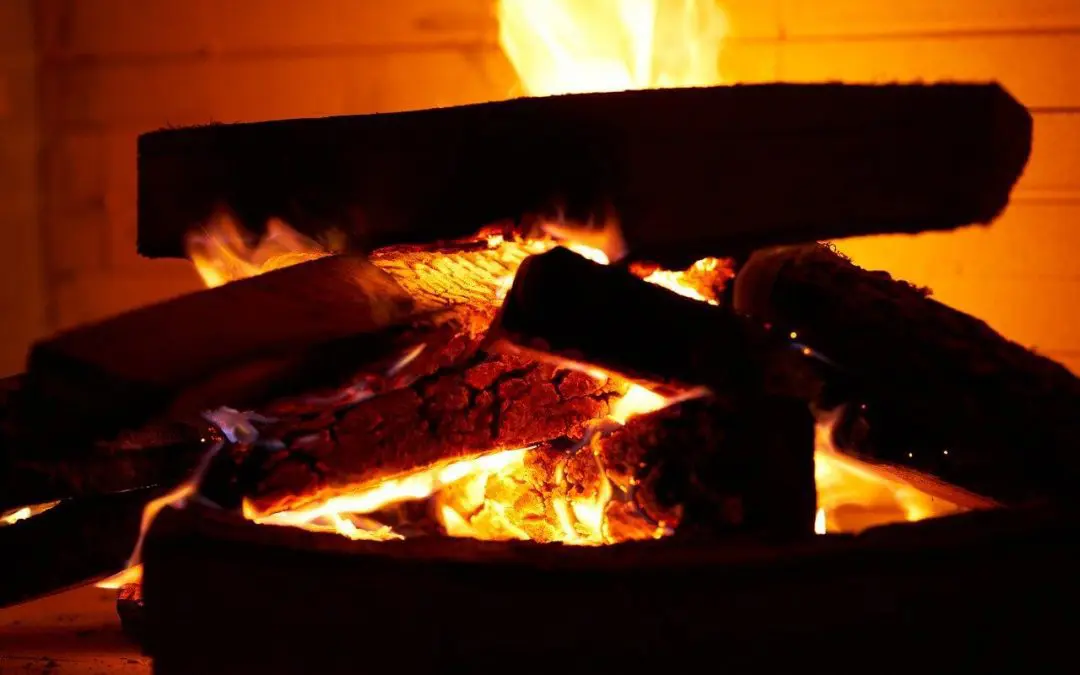Preparing your fireplace is something you should do before each winter season. It’s important to be cautious when heating your home because of accidents caused by malfunctioning heating equipment each year, including fireplaces.
According to the National Fire Protection Association, heating equipment was one of the leading causes of home fires between 2014-2018. While fireplaces are an attractive feature of a home, using them comes with certain risks.
This article will look at ways of preparing your fireplace for winter. Read on to learn more.
Preparing Your Fireplace: What Does it Entail?
Start by Cleaning Your Chimney
Clogged chimneys are the leading causes of chimney fires. Burning wood to generate warmth leads to the buildup of creosote, a highly flammable substance, inside the chimney walls. The more creosote deposited, the more likely it will catch fire inside your chimney.
Creosote burns at very high temperatures and is hard to extinguish. As a result, the fire may spread to other parts of your home. Chimney fires cause millions of dollars of property damage every year. Therefore, it’s important that preparing your fireplace includes having it cleaned and inspected. This will mitigate the risk of fire and protect your family and property.
Have a Professional Inspect Your Chimney for Cracks and Damage
Chimney structures need to be maintained regularly because they may become damaged over time. Other than causing a fire, a malfunctioning chimney can lead to carbon monoxide poisoning. Hire a professional to inspect the condition of your chimney while preparing your fireplace for use.
The experts will fix any cracks and defects. Keep in mind that defects, missing mortar, and loose bricks increase the likelihood of fire incidents. Cracks allow water to enter your home, thereby threatening the structure of your home and belongings.
Install or Replace Your Chimney Cap and Screen
Chimney caps are the protective coverings placed at the top of the chimney, usually made of copper or steel mesh. Above the mesh ring is a cap that protects the chimney from downdrafts and rain.
If your chimney cap is damaged, replace it to prevent moisture from entering through the chimney. The protective screening will prevent wildlife from entering your chimney. A professional will help you install a replacement cap that best fits your chimney.
Preparing Your Fireplace Includes Removing the Ashes
Burning wood leads to the accumulation of ashes, which should be disposed of to keep your fireplace clean and safe. You shouldn’t need to remove ashes after every fire, but also don’t let the ash pile up higher than a few inches. Leaving about an inch of ash in the firebox actually helps the fire burn better. Don’t attempt cleaning the firebox if you have had a fire within 72 hours, as there could be some coals emanating heat.
Don’t Neglect Smoke and Carbon Monoxide Detectors
Smoke and carbon monoxide detectors are your first line of defense should a house fire situation occur. These detectors will alert you to danger and give you the time to take action or get your family to safety. Inspect every detector in your home and replace them with fresh batteries. Test each unit to see that it works properly. If there is a malfunction, replace the unit immediately, as the cost of a detector is minimal compared to what they can prevent.
Preparing your fireplace for winter is important because you will want to use it as soon as it gets cold. A properly prepared fireplace enhances comfort during winter and helps cut down energy bills.
Second Opinion Home Inspections provides home inspection services to Door and Kewaunee counties. Contact us to schedule an appointment.

